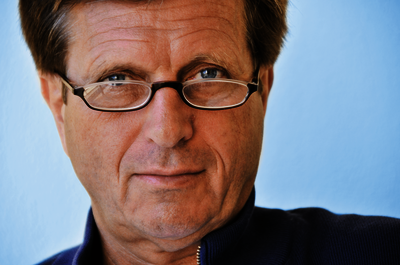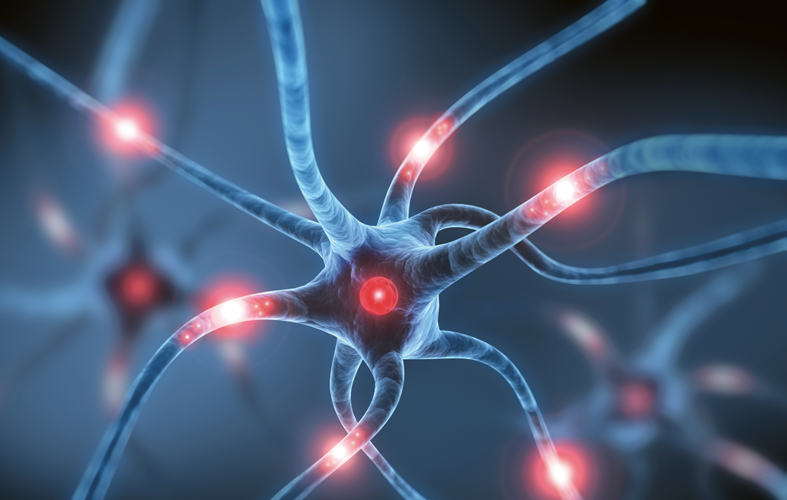How does learning function?
How much is 1x1? How do I react appropriately in the one or other situation? What behavioural patterns do I show?
Learning enables a person to find answers to this or similar questions in the course of a lifetime and/or to change his behaviour accordingly. This happens in part consciously, and in part unconsciously, however. Learning is mostly seen in an educational or professional context – however, in all areas of life, humans continue learning on the basis of what they experience.
But what exactly is learning? Professor Mag. Peter Gruber of the University of St. Gallen, who also works as a trainer as part of the employee programme of the L&R Academy, describes learning as follows: “In principle, behavioural training uses the same means as other teaching and learning methods. Learning simply means changing ones behaviour, due to experience. We gain nothing from knowing or being acquainted with the one or other theory without having made an experience. For this purpose, we use specific exercises in training, for example, and review them in our everyday life.”
The central “control room” for our behaviour is the brain – the most complicated structure in the universe. It consists of about one billion nerve cells, which are distributed in the brain mass weighing approx. three pounds. Each of these nerve cells is connected with other nerve cells via the axons and the synapses, in order to forward incoming signals to the corresponding site in the brain. There are in total about one quadrillion such connections, which in addition can also continually re-organise themselves again.
If one simply visualises each of these connections as a street junction with the corresponding traffic signals, the unbelievable complexity of our brain quickly becomes clear – it is a truly mammoth task for the neurosciences to research the brain, its respective processes and thus also learning in all details. Nevertheless, we are certain about the areas of the brain which are involved in learning. There are three areas in the brain which are predominantly involved in learning: the cerebellum, where everything is embedded that we carry out automatically, e.g. walking – we do not have to think and decide to put the right foot before the left.
Three questions to Professor Gruber:

Prof. Gruber: My assignment is to help contribute towards making all persons at L&R perform their work effectively and effi ciently: effectively in the sense of “doing the right things” and effi ciently by “doing the things right”, which means “achieving the highest possible success with a minimum of effort”. And that the people feel well in dealing with one another.
Prof. Gruber: The basis of the work is described in the L&R corporate philosophy, and the focus of my work has been on the principles of conduct, the principles of leadership and to create awareness for the L&R trademark in seminars and to train them.
Prof. Gruber: Training means enabling people so that they can transfer the theoretical content of a philosophy into actions. At L&R this means making the work philosophy visible in everyday life, especially when interacting in teams, with business partners and customers.
Professor Gruber also calls the cerebellum our Kaizen brain, because it simplifies our routines. Then there is the so-called emotional brain. This is where, as the name suggests, we have our emotions: vexation, anger, conflicts, but also love, joy, affection and trust. The cerebrum, our neocortex, is located in the third area, and is responsible for rational and reasonable thinking.
Professor Gruber: “In the first instance, emotional areas are to be addressed during learning – in order to make us aware in the second instance with our cerebrum what and why we are doing something in training again, controlled by our emotions. It would also be nice if we were to succeed in finally anchoring suitable behavioural patterns in the cerebellum, so that we could act effectively, efficiently and well quasi automatically. It is on the basis of this knowledge that the learning and training formats of the L&R Academy have been developed.“
And what can one learn in the Academy?
The Academy offers numerous programmes, with more than 500 training sessions carried out each year. National and international education and advanced training programmes for L&R employees, the so-called employee programmes and partner programmes for the office-based segment, as well as in the clinical area. For the office-based area, the Academy offers know-how and experience for professionally using L&R products and solutions. Use our training courses on the subjects of:
- Moist wound management
- Wound care
- Lymphology and phlebology
- Mobilisation and immobilisation
- Surgical treatment
The training programmes are continually being extended – you can find all current training sessions, time schedules and application options in the Internet under www.lohmann-rauscher.com
You can similarly find access to a number of special offers for the clinical area under the same web address. These offers comprise of training in the areas immobilisation, surgical OPs, wound care, as well as L&R Optiline.
And L&R teams also profit from trainings, nationally and internationally
Holger Mägdefrau, General Manager and responsible for Human Resources: “At L&R, the setting up and further development of competence for sustainable corporate growth is the focus of our personnel work. Our strong growth is also reflected in personnel development activities, i.e. in the L&R Academy.”
The increasing needs of customers, the increasing complexity and rate of change in our branch of industry and/or social processes are the external general framework of conditions for human resources development at L&R.
“With our different modules Basic, Advanced and Functional as part of the employee programme, we are able to offer some exciting training opportunities, ensure further development of specialist competence and the continuous further development of soft skills. The Academy is a very attractive think tank where, on the one hand, we can bind an employee and, on the other hand, develop effective on-board programmes for new employees. Together with Human Resources and the specialist divisions, we wish to ensure that new team members are integrated quickly and properly into the company. And also think about the increasing internationalisation we are experiencing. We intensively prepare employees for their assignments in new countries, starting with foreign language courses to ‘try out’ at weekends for families in new countries and cultures.”
“One can only understand markets and customers if we have many intensive contacts – this takes place daily at different levels in our Academy. You can also find out more about all facets, which make up the company L&R and their social context, in the training programme of the Academy.”
On-site customer training all over the world
Our Trainers for business partners/customer training courses are active on a global basis. One of them is Chahine El Hindy, who has been working for the L&R Corporate Group since July 2010. The 32-year-old trains and holds courses mainly in the Middle East. “No training is like another – but they are always tailor-made according to the circle of participants. I place great importance on the practical application of our products. In this way, we achieve sustainable learning success and can be sure that our products will also be used properly.”
In addition to the Middle East, Mr. El Hindy, who was born in the Lebanon, has also held training courses in Europe and Asia. “It is great to be able to mediate one’s know-how as part of the L&R Academy in an international company and so come into contact with different cultures. In this way, I am also continually learning something new myself.”



